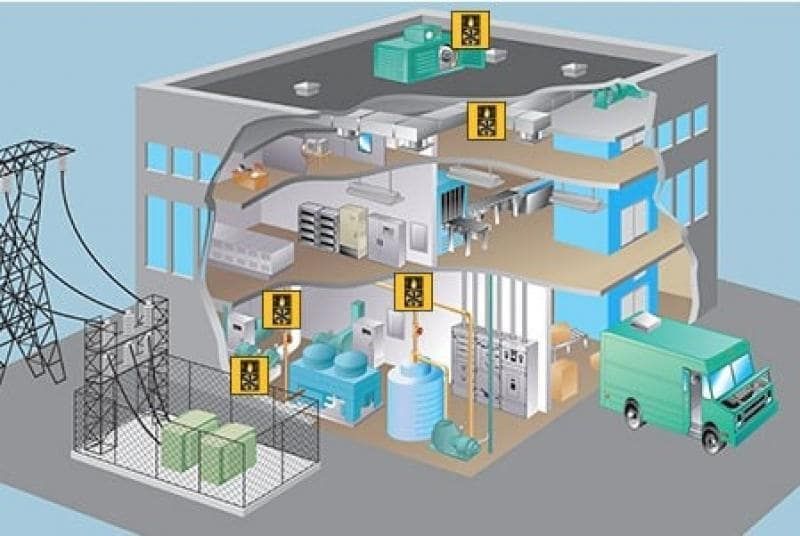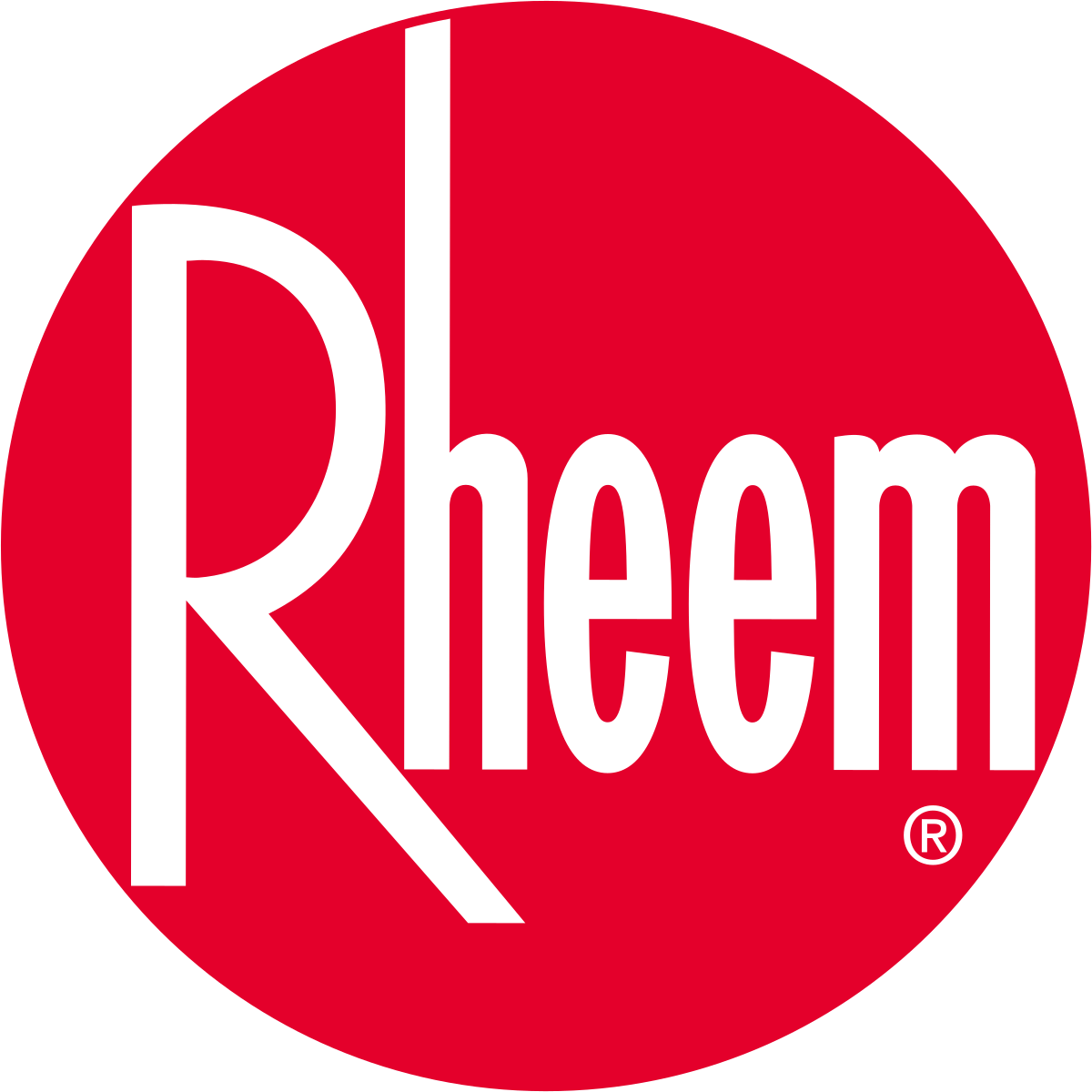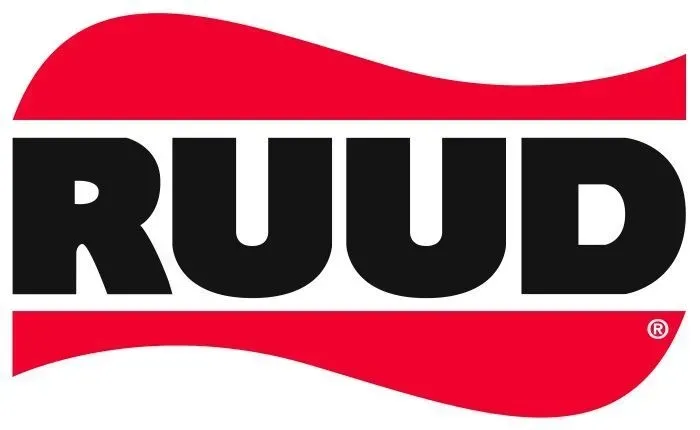A Guide to Commercial HVAC Terminology
Arctic Fox Cooling • May 4, 2021
For commercial purposes, the HVAC decisions pass through strict scrutiny. But without adequate knowledge about HVAC terminology, coming to the best decision might take some time.
As no two people will have the same understanding of HVAC, we tried to bring a simple guide to commercial HVAC terminology.
But before moving further, for all those who are not aware of what HVAC is, below is the definition.
HVAC – It stands for Heating, Ventilation, and Air Conditioning. Modern systems also include air cleaning and moisture control.
Let’s start.
- ACH(Air Changes Per Hour): The number of times per hour the air in a particular place is ventilated (mechanically or naturally).
- AFUE(Annual Fuel Efficiency Ratio): It estimates the energy efficiency of any heating device. It reveals how much fuel is used to heat and how much energy is lost. Generally, the minimum ratio a heating unit can achieve is 78%, which can go up to 90%.
- AHU(Air handling unit): It is attached to the duct system that helps in removing warm air.
- BTU(British Thermal Unit): It is a measurement of energy(heat). Heating systems create a certain number of BTUs. One BTU is the amount of energy needed to raise the temperature of one pound of pure water by 1° F.
- CAE(Combines Annual Efficiency): It measures the amount of heat produced for every dollar of fuel consumed. You can use it for both water and space heating.
- Carbon Monoxide: It is a dangerous odorless, colorless and tasteless gas. Sometimes heating units use this inflammable gas.
- CFM(Cubic feet per minute): It is defined as the amount of air(in cubic feet) that passes by the system in a minute.
- Coil: This equipment helps in transferring heat. It is installed inside an air handling unit or ductwork. It is heated or cooled by electrical means or steam.
- Condenser: An outdoor HVAC unit that removes heat from the system by exchanging the heat with the air that passes over it. It is generally a component of cooling systems.
- Controller: This tool controls all the operations of the Efficient HVAC System (and its parts). It regulates the on and off of devices.
- Damper: They are installed as a part of an air duct to regulate the airflow.
- Dehumidifier: It is used to reduce the level of humidity from the air.
- Diffuser: It is a component found over ductwork that separates air going in different directions. It evenly distributes airflow throughout the room.
- Duct: Specialized metal pipes or channels that allow airflow(supplying, returning, or exhausting air)
- Economizer: It is a device that helps in reducing the mechanical cooling burden by drawing the cool air from outside and allowing it to cool the space.
- Evaporator: This part of an air conditioner or heat pump is located inside the air handler and absorbs heat from the air passing over it.
- FCU(Fan Coil Unit): It is a small terminal unit that supports a blower and a heating or cooling coil that leads to the overall heating or cooling system in a large building.
- Grille: These are multiple parallel openings present on the duct opening that directs the airflow and blocks debris.
- Heat pump: It is a compressor that pumps hot and cold air into the room. It absorbs heat from a cold space and places it in a warmer space (and vice versa).
- HSPF(Heating Seasonal Performance Factor): It measures the heat efficiency of the heating system throughout the heating season.
- MAU(Makeup Air Unit): It uses outside air into the space to provide ventilation and preventing pressure building.
- MERV(Minimum Efficiency Reporting Value) Rating: It measures the size of holes present inside the filter that allows the air to pass through it. Higher MERV rating filters are more efficient as they can catch smaller particles.
- Micron: It is a unit used to measure very small particles. It is equal to 1/1000th of a millimeter.
- OAT (Outside Air Temperature): It is a measure of outside temperature or humidity. It helps to determine if you can use the outside temperature to cool your room.
- Plenum space: It is one of the most significant parts of any HVAC ductwork. It is a space reserved for airflow inside a structure.
- Radiant floor heating: This is a system where the room’s floor contains tubes that radiates heat. The complete floor is heated evenly and eliminates the dust problems associated with air heating systems.
- Refrigerator: It lowers the temperature in the surroundings. These appliances have a substance called refrigerant that produces a cooling effect.
- RTU (Rooftop Unit) or Packages Unit: It is an air-handling unit placed on the roof. Often they have their own heating and cooling devices.
- R-410A Refrigerant : This is a new refrigerant that replaces the old R-22 refrigerant. It is chlorine-free and is more environment-friendly.
- SEER(The Seasonal Energy Efficiency Ratio): It gives the efficiency of your cooling unit. It is the measure of the total cooling output of the cooling system compared to the total electrical energy input of the same system. The higher the SEER rating, the more energy-efficient the system is.
- Thermostat: It is a part of the HVAC system that controls the temperature of the room. By monitoring and regulating the heating or cooling appliances, you can control the place’s temperature.
- TU(Terminal Unit): It controls the temperature inside a single room. It generally comprises a heating and cooling coil with an automatic damper.
- Two-stage: This is a type of heating or a cooling system designed to operate on low and high settings during different weather conditions.
- Unitary controller: It is an apparatus that helps to control one particular zone in any premises. It functions as a thermostat.
- Vents: the air disperses into the room through vents after traveling through the ductwork.

Though we tried to cover some of the most sought definitions, the list is unexhaustive. We hope these HVAC terminology helped you have a better understanding of certain parts and their roles in HVAC.















